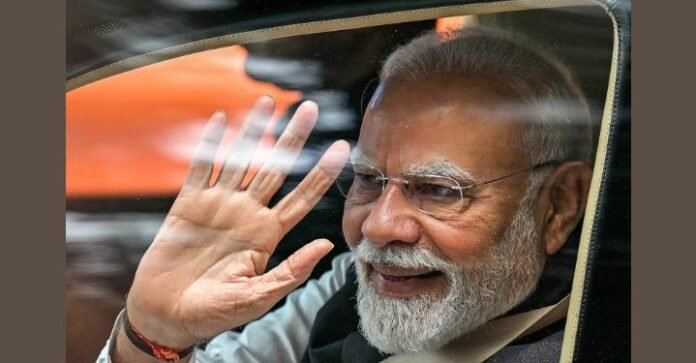Five years after the deadly Galwan Valley clash froze diplomatic engagement, India and China are cautiously reengaging — a move that signals a new chapter in Asian geopolitics. The diplomatic reset is gaining traction as both sides face shifting economic and strategic pressures, especially in light of India’s deteriorating trade ties with the United States.
Tensions that once led to a breakdown in high-level talks have now begun to ease. India has resumed issuing visas to Chinese citizens as of July 2025, ending a five-year hiatus. This follows China’s move to reinstate direct commercial flights with India earlier this year. These steps are more than symbolic; they represent concrete progress in restoring bilateral trust.
Defense diplomacy is also advancing. During the Shanghai Cooperation Organisation (SCO) defense ministers’ meeting in Qingdao, Indian and Chinese officials held high-level talks to build a framework for patrolling and crisis prevention along the disputed Line of Actual Control. This builds on the October 2024 agreement that reintroduced a phased approach to border de-escalation after nearly five years of military stalemate.
This warming of ties comes at a time when India’s traditional ally, the United States, is becoming an increasingly unreliable partner. U.S. President Donald Trump’s return to office has brought a fresh wave of tariffs on Indian exports — some rising to 50% — in retaliation for India’s continued energy dealings with Russia. The measures have sparked backlash within India’s export sector and sowed doubts about the stability of U.S.–India economic cooperation.
In contrast, Chinese officials have welcomed India’s re-engagement. State media in Beijing have publicly endorsed closer ties with India, even as they continue to express skepticism over India’s business environment. This dual messaging reveals the transactional — yet practical — approach both sides are taking.
Strategically, India is signaling a return to non-alignment. While it remains wary of China’s growing global assertiveness, it also sees the value in preserving multilateral dialogue through BRICS and the SCO. This diplomatic balance allows New Delhi to preserve its autonomy while responding pragmatically to external pressures.
Though it is premature to call this a full reconciliation, India and China are clearly entering a new phase — one rooted in managed competition and selective cooperation. The past may still cast a shadow, but both sides appear ready to write a new future.

